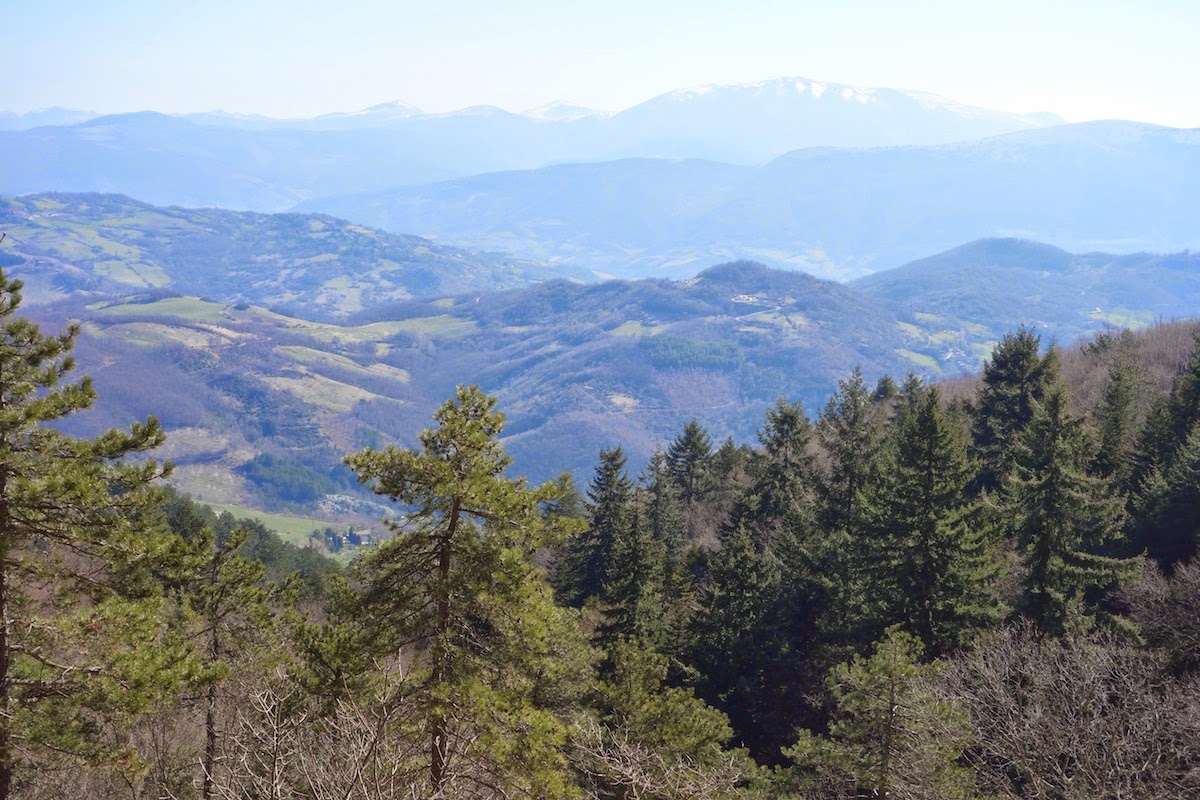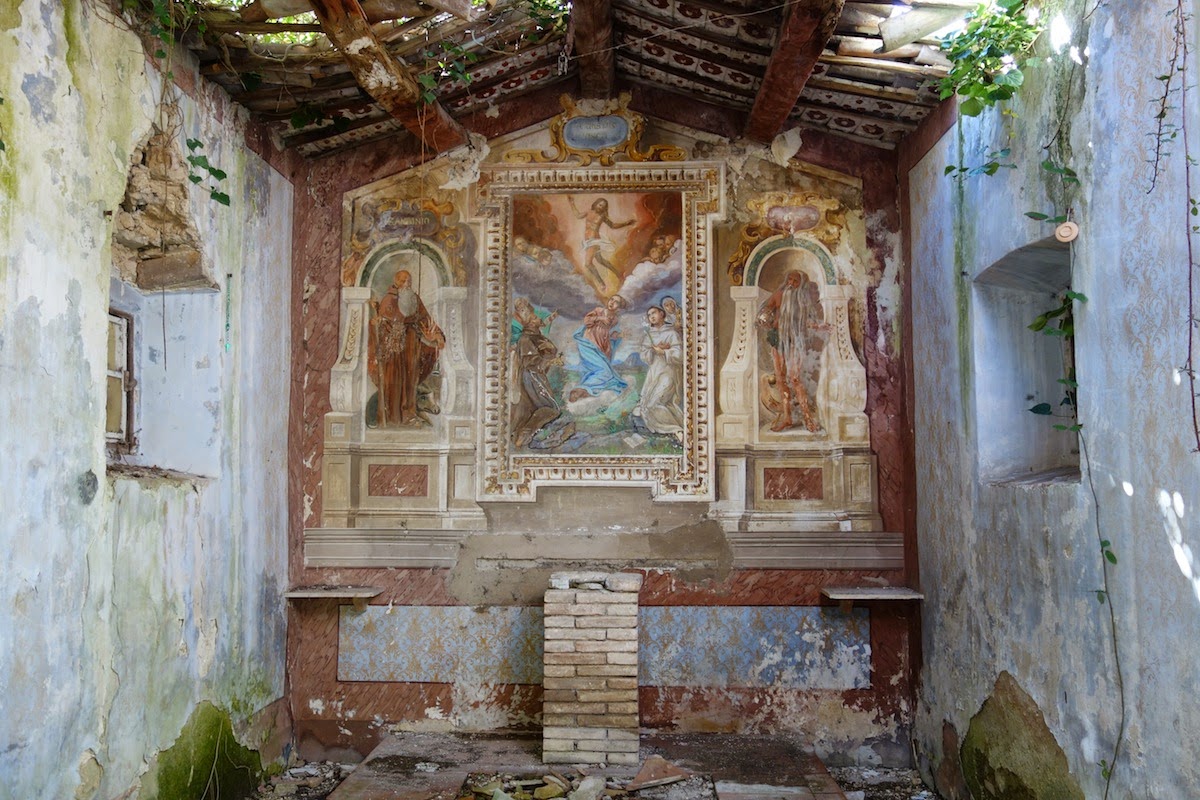For a full dinner -La Rocca. The price is right and the food terrific. Try the Cappellacci al Pomodoro. To get there, head up to the San Rufino Cathedral, then continue up Via Porta Perlici (the street with shops and restaurants) until you pass under an arch and you'll find it on your left.
For a terrific pizza - I Monaci. Their wood-fired Pizza Margherita is excellent with a glass of wine. About half way between the Basilica of Saint Clare and the Basilica of Saint Francis along the main walkway keep an eye out for Piazzetta Verdi by the Teatro Metastasio. Descend part way down the steps from the Piazzetta and you'll find a small entryway, with plenty of room inside.
For a tasty one-course meal - Pizzeria Otello. This is a bar with wooden benches, but the meals are good and the cover charge is included in the price. It's just across from the Chiesa Nuova (New Church) just off the Piazza del Comune.
For a slice or two of pizza - Pizzeria da Andrea. Head up to the San Rufino Cathedral and look for the corner shop with a sign reading "Pizza al Taglio", or pizza by the slice. You may find yourself waiting in line with the locals.
Guess you shouldn't be left with just pictures of Assisi's stone buildings. Here's a glimpse of an I Monaci Pizza Margherita.




































